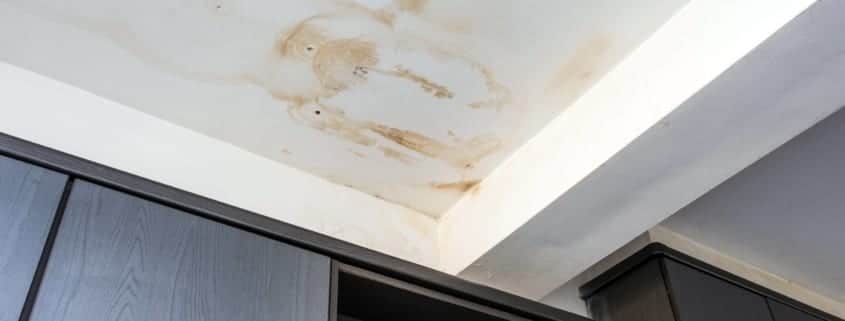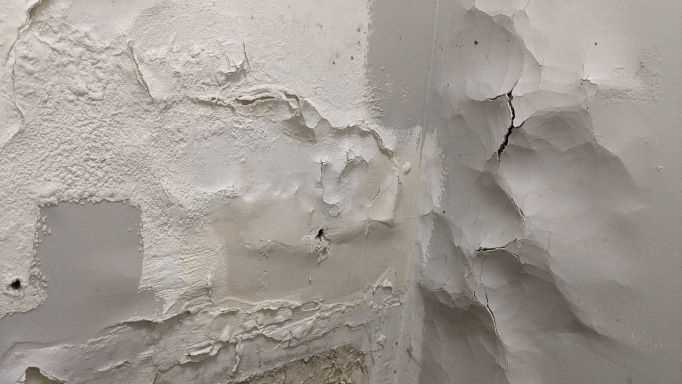Nearly everybody may have their own individual concepts involving Indicators of Water Damage Behind Walls.

Water spots on walls are not pleasant to the eyes. Your residence must be without stains on the wall surfaces, roofing, or floors. That is the excellent state of a house and its frameworks. Sometimes it seems virtually inescapable to experience water discolorations on walls in residences.
Home owners residing in damp regions constantly deal with the anxiety of water discolorations on walls. But that does not need to be the case for you. With accurate and also all-round information on the root causes of water stains and also prompt fixing processes, you will certainly always be an action ahead of such occurrences. This short article assures to be a practical guide for you.
3 Usual Causes of Water Spots on Wall Surfaces
Contrary to common belief, water discolorations on walls do not always come from bad building materials. There are numerous reasons for water spots on walls. These consist of:
Wet
When warm wet air meets with dry cold air, it causes water droplets to form on the walls of buildings. When there is heavy steam from cooking or showers, this occurs in shower rooms as well as kitchen areas. The water droplets can tarnish the bordering walls in these parts of your home and infect other locations.
Moist or condensation influences the roof as well as wall surfaces of structures. When the wall is wet, it produces an ideal setting for the growth of fungis and also microbes.
Poor Drain
This will prevent water from permeating right into the walls. This web links to extreme wetness that you notice on the wall surfaces of your building.
So, the leading cause of damp walls, in this instance, can be a bad drainage system. It can additionally be due to inadequate management of sewer pipes that go through the structure.
Pipe Leaks
The majority of homes have a network of pipes within the wall surfaces. This guarantees that the pipelines are faraway from the reach of damaging rats. It constantly increases the practicality of such pipelines, as there is little oxygen within the wall surfaces. This discourages rust.
A disadvantage to this is that water leak impacts the wall surfaces of the building and causes widespread damages. A telltale sign of faulty pipelines is the look of a water discolor on the wall.
Pro Pointer
A houseplant in your house likewise enhances its moisture. So, if your house is already humid, you might wish to present houseplants with very little transpiration. An example of appropriate houseplants is succulents.
Water Stains on Wall Surface: Repair Tips
Home owners would typically desire a quick fix when handling water discolorations. Yet, they would soon understand this is counterproductive as the water spots persist. So, here are a few useful ideas that will certainly assist you in the fixing of water discolorations on wall surfaces:
Verdict
Although nobody intends to have water stains on walls in their residence, it can happen to the very best people. This post offers you leverage, as you now understand exactly how to manage this problem if it does occur.
It is always best to recruit professional services to assist repair the damages in your house.
Often it appears nearly unpreventable to experience water discolorations on wall surfaces in residences.
In contrast to prominent belief, water spots on walls do not always stem from inadequate structure products. There are a number of causes of water discolorations on wall surfaces. The water droplets can stain the bordering wall surfaces in these parts of your home and also spread to various other locations.
Here are a couple of valuable ideas that will guide you in the repair of water discolorations on walls:
CHECKING FOR WATER DAMAGE
Water damage can be costly, and it may begin before you even notice the first signs of trouble. Water damage can cause mold and mildew in your walls and floors, which can create an abundance of health concerns for your family. It can also lead to costly repairs of various appliances and general home fixtures. To avoid the pricey consequences of water damage, here are Warner Service’s top 5 places you should check:
The walls – The easiest place to spot the beginnings of water damage is on the walls and ceilings of your home. If water damage is present, there will most likely be water stains, especially around the windows and doorframes, and/or cracks in the drywall. If a stain looks unusual (discolored to brown, black or gray, raised texture), has a swollen appearance or is soft to the touch, contact a professional immediately. The pipes – To avoid water damage, consistently check the pipes in your kitchen (especially the dishwasher and ice maker), bathrooms, laundry room (specifically washing machines) and basement for corrosion, leaks and water stains. Pay special attention to where the pipes connect in your home and the location of caulking around the bathroom fixtures, including toilets, sinks, showers and tubs. Missing or loose caulking and grout could be signs of leaking water. This seepage can also quickly cause mold and rust, so double check your water heater and tank for wet spots on the floor. The floor – Water damage is very easy to spot on the floor. Look for any warping or buckling of the material, especially in the basement. If your home has wood flooring, look for bright white or dark stains. If your home has carpeting, keep it dry and clean. A damp carpet that smells of mold could cause water damage and health problems. To avoid this, consider installing floor pans under your appliances to help prevent damages from small, slow and undetected leaks. The basement and attic – If your basement or attic smells odd check for mold and mildew around the area, especially the valley where the roof meets. While you are inspecting those areas, check for wall cracks, floor stains, rust and dampness in the insulation. If you live in a colder and/or rainier climate, perform routine checks for water damage from melting snow or ice and rain. The exterior – Check the roof for damaged flashing and missing, cracked or curled shingles. There should also be no standing water anywhere outside your home. This could be caused by puddles, leaky rain gutters or hoses, poor drainage, or short gutter spouts. Invest in a sump pump system or water flow monitoring system, and perform routine maintenance on these outdoor appliances to avoid indoor water damage.

I came across that blog posting on How to Find and Repair Water Leaking in the Wall when doing a lookup on the web. Sharing is nice. Helping people is fun. Thanks for your time. Please come by our blog back soon.
Rapid response assured.